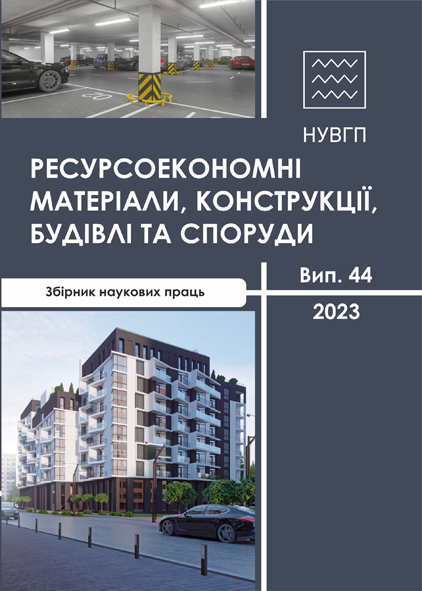PARETO ANALYSIS OF FACTORS INFLUENCING THE PROPERTIES OF ALKALINE SLAG-PORTLAND CEMENT MATRICES FILLED WITH LOW-LEVEL FERROCYANIDE-CONTAINING RADIOACTIVE WASTE
DOI:
https://doi.org/10.31713/budres.v0i44.02Abstract
The possibility of using alkali-activated slag-portland cement for immobilisation of dry radioactive waste containing copper ferrocyanide we been confirmed. As a result of mathematical modelling and Pareto analysis of the factors affecting the properties of composites, it was found that the desired strength result is achieved by investing 20% of the effort from the combined effect of the products of factors X1X2X3 and factor X2, which makes it possible to obtain 80% of the result in terms of the standard strength (13.2 MPa) of the compound on the 28th day of curing. This result is achieved in a compound containing 5 wt% magnetite (factor X1), 7.5 wt% zeolite (factor X2) and 10 wt% radioactive waste (factor X3). The maximum strength value on the 28th day of curing is 1.32 times higher than the standard strength level. The introduction of zeolite for 7.5 wt. % makes it possible to reduce the weight and density (by 1.07 times), radioactivity (by 1.09 times) of the compounds. As a result of modelling the compositions of the compounds, especially in the expected reactions, factor X3 has a weakening effect, is destructive and contributes to a decrease in the values of the initial parameters. Therefore, the introduction of dry radioactive waste into an alkaline slag-portland cement matrix containing copper ferrocyanide is limited to no more than 10 wt.% This limitation is explained by the energy effects from the decay of radionuclides in the material volume, which affects the reduction of mass, density and radioactivity of compounds. The energy released by the radioactive decay of cesium, strontium and other radionuclides they absorbed by magnetite and converted into heat. The heat helps to remove physically bound and partially chemically bound water from the structure of tobermoryt-like low-base calcium hydrosilicates, hydrogarnets, alkali-alkaline-earth zeolite hydroalumino silicates and the hydrate shell of copper ferrocyanide. However, radiolysis does not affect the kinetics of strength gain of the compounds, but contributes to an increase in their compressive strength by 1.87 times compared to the strength of the compounds on the 7th day of curing.

